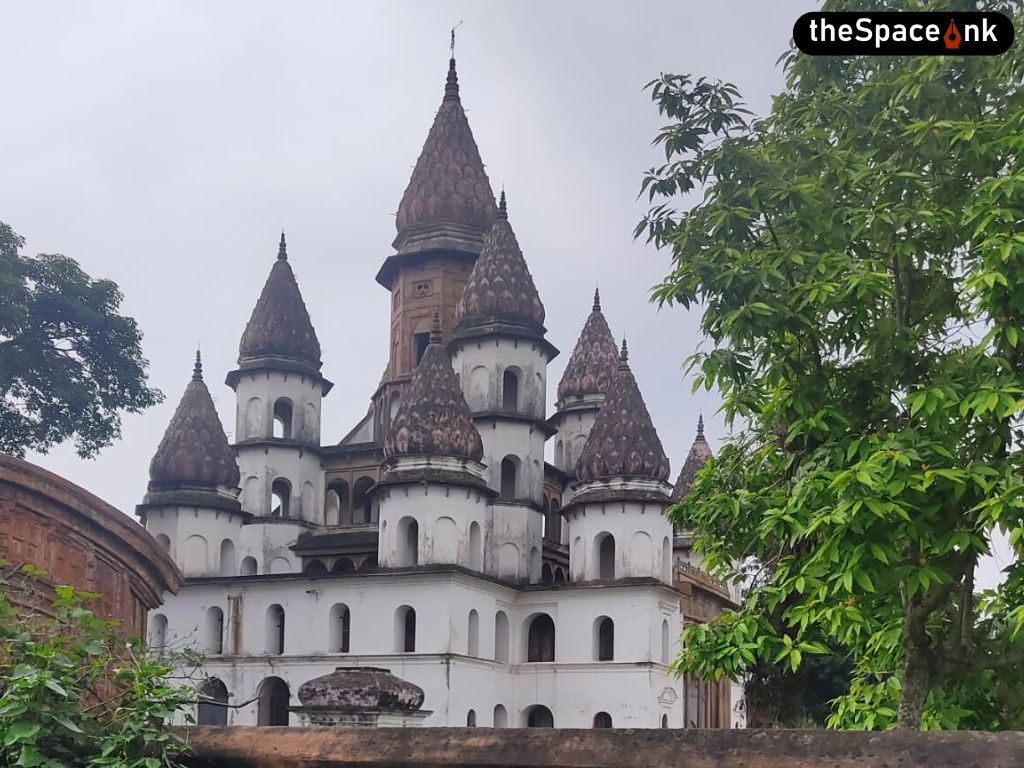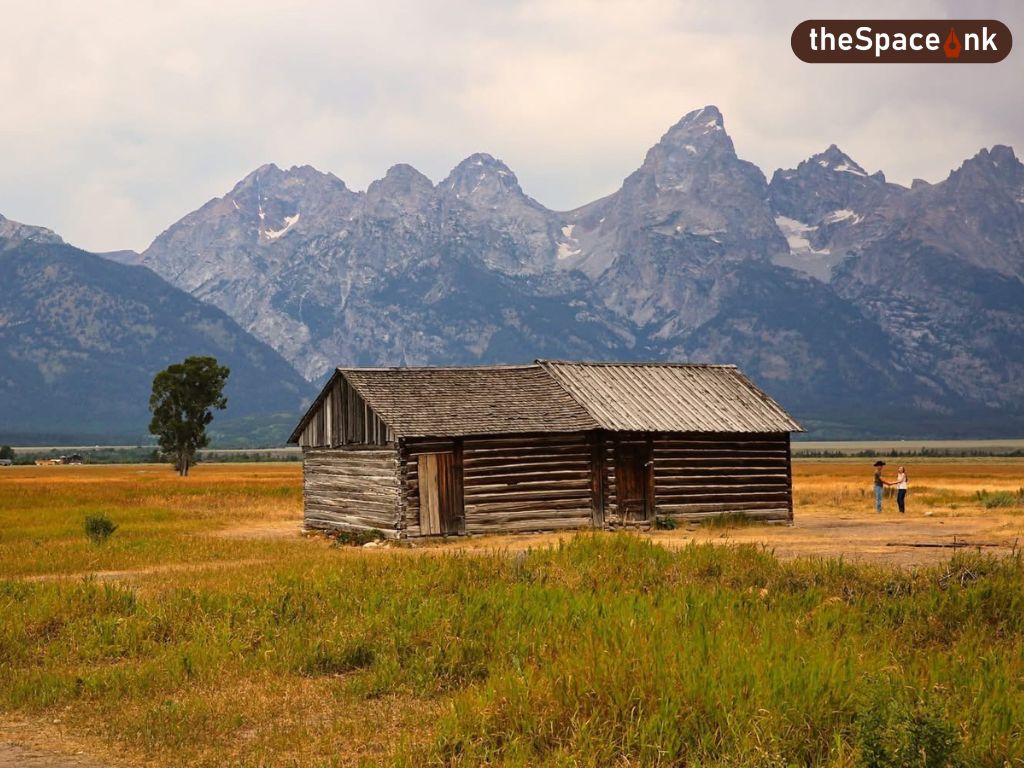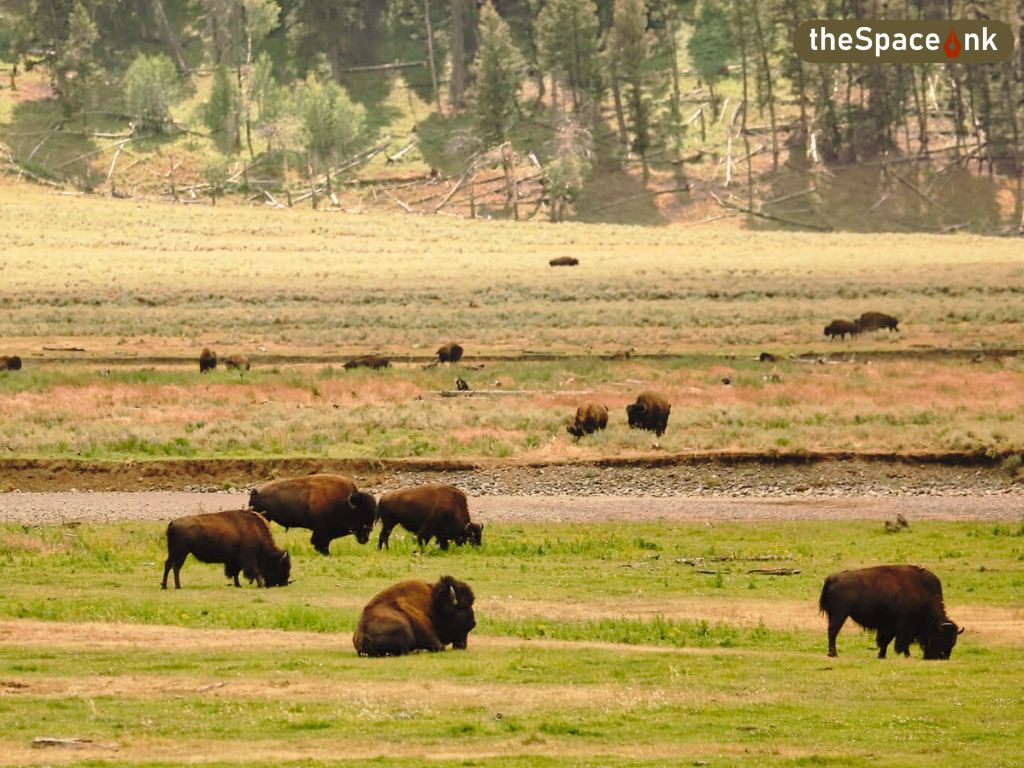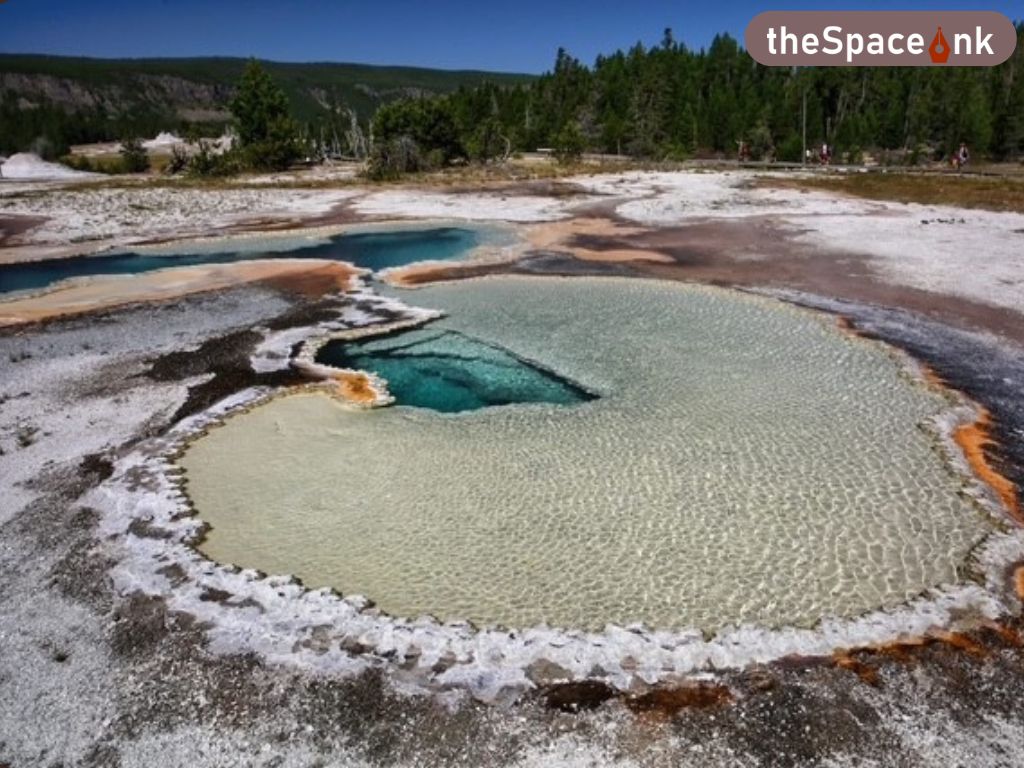My emotions get the better of me when I think about the beautiful port town of Sète in the south of France. A thousand or so words are hardly enough to do justice to its beauty. We traveled to Sète from Béziers, in a glass sun-roof car, and forayed into the rolling countryside. There are interesting sights along the way but the abiding feeling is of a lovely day as Bill Withers belts out on spotify. We are doing 70 to 80 kilometers per hour and the first sight of the azure sea glistening under the Mediterranean sun signals we are in this port town; a beautiful small city that grew with the advent of different communities over time. They came for trade and business – Arabs, Italians, Greeks and Spanish. Some of them went back and some stayed. In fact, we pass Agde on the way. This was once a Greek settlement. There is considerable influence of Spanish culture, as Catalonia is a few hours by train. Sète also bears resemblances to Tuscany and Sicily.
Sète is a small commune but quite popular as a seaside resort. The first sights as we drive into the city are of the color azure, azure and more azure– the color of Heaven that matches a clear blue sky. The creeks and canals here double up as private beaches. Cruise ships (one almost resembling a building) parked along the bay await tourists willing to explore the vast expanse of the Mediterranean. .

If port de Sète offers scenes to feast your eyes upon on a lovely September afternoon, the town offers delights of eating, drinking, street art and buying cute souvenirs like ceramic espresso cups and delicate jewelry. Affectionately called the Venice of France, our favorite resident or Sétois as people of Sète are called for the moment is our friend, philosopher and guide, Simon. His parents belong here though he and his family live in different places across France.
The culture of Sète is strong and identifiable. The food, streets art, dialect and certain tradition like the water jousting sport have earned it the title – singular island – given by the well known poet and essayist Paul Valéry.

Before we come to art, I must mention some traditions. For instance, Joust is a lanced contest that is very popular on the Canal Royale. It takes place from a wooden boat (think of it as a horse) that is 3 meters above the water. Two men from two boats crossing try to knock off each other into the water, with a 3 meters wooden lance. The last man standing is the winner.
The Royale Canal which is framed by wide roads and buildings is where the action is. It indeed resembles the Venice Canal but unlike Venice, the waters here are crystal clean.
The region comes under Mont St Clair and a climb up the hill on a drive, offers a sweeping panoramic view of the different canals resembling bays. On the other side of it lies Spain. The white Chapel of Notre-Dame-de-la-Salette at the summit was once a fortress. A soaring cross erected to aid fishermen sailing home is Sète’s modest version of Rio’s Christ the Redeemer statue. The view is unforgettable- one which I will not forget for a long, long time!

The climate in Sète is almost always Mediterranean. We stop for lunch at a market square bustling with cafes. Simon manages to get us the last of the fastest disappearing item– Octopus pie, known as tielles but pronounced with a C. It resembles a pie that is crusty on the outside and soft inside, with a filling of octopus chopped in pieces and cooked with tomatoes and spices. Otherwise the seafood platter with oysters, clams, mussels and shrimp washed down with white wine or chilled beer is the biggest draw for the lunch time crowd. We follow it up with a dessert called the Arm of Venus. It is a lovely spongy rolled cake that is said to resemble the arm of Venus. Also called Gypsy Arm, it originates from the region in and around it. It is a rolled cake whose shape resembles that of an arm. An interesting tidbit is that many gypsies settled down in this region at the beginning of the 19th century, some of them offered their services in pastry shops. The name of the arm of Venus (in allusion to the Venus de Milo which does not have one) was registered in 1960 by a pastry chef, Lucien Recouvreur who makes a more elaborate version based on chocolate and almonds.

Walking through the cobbled streets and discovering small galleries and street art completed our exhaustive day trip but the weather is kind here – warm but not searing hot as it was in Paris even in September. Two highlights of the trip were: the Street Art of Sète and the quaint fishing village of La Pointe Courte. With a striking identity of its own, it boasts of colorful facades of houses, narrow alleys and small boats, not to leave out the ubiquitous fishing nets drying on the docks after these have been used early mornings.

The street art of Sète is an immersive experience. The street corners are made beautiful by these stunning graffiti on street corners, facades of homes, and other public places. Some are done, we were told by well-known French artists. Even we squatted down to paint fishes and rivers on a sidewalk being provided with colorful chalks. In short, it was a heady feeling – this extended Indian summer in the southeast of France, though a little west of the French Riviera.
Images used in this article are by the author.
For more infomration on travel to Sète and the best time to visit Sète, you can visit the city’s official website https://sete.port.fr/en/
A masters' in Comparative Literature from Jadavpur University, Manjira Majumdar has dabbled in journalism, teaching and gender activism. She shares her love for cinema, books, art and four-legged creatures with her family consisting of a husband and two daughters.








